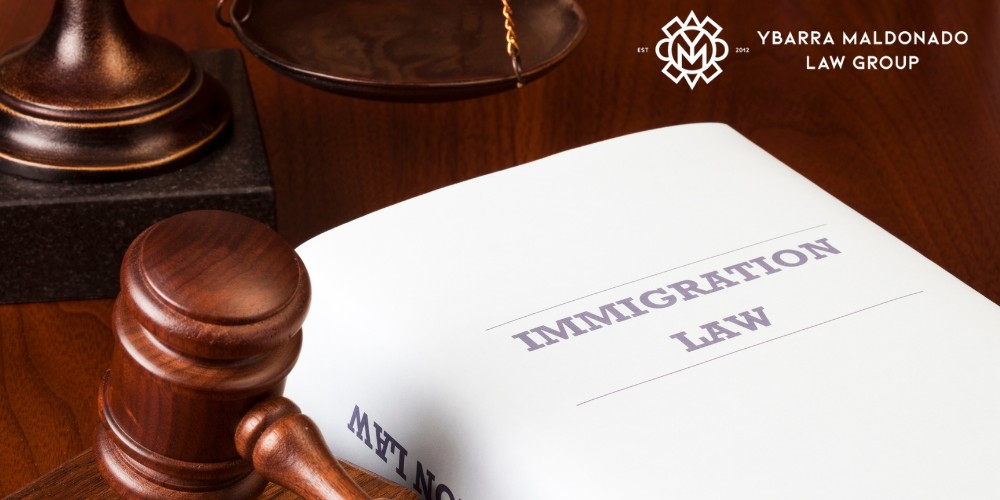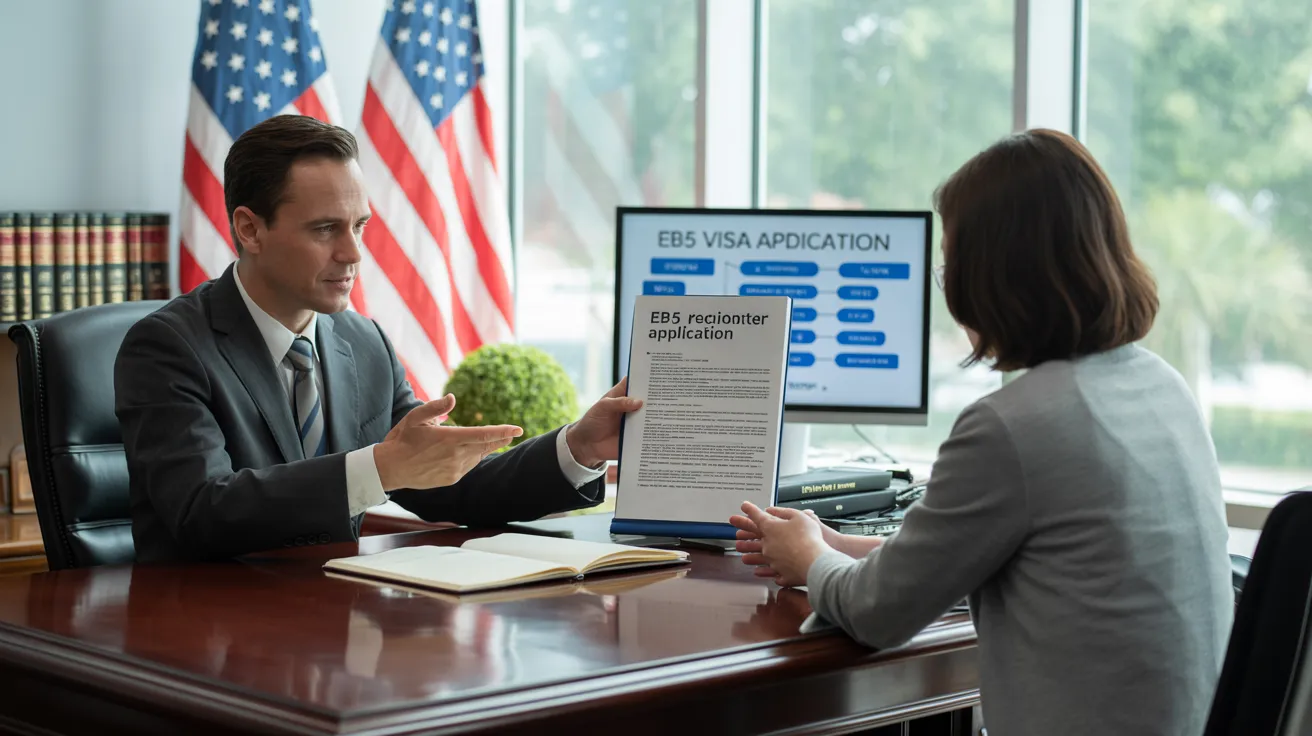The 10-Second Trick For L1 Visa
Table of ContentsAn Unbiased View of L1 VisaThe Greatest Guide To L1 Visa7 Simple Techniques For L1 VisaThe Only Guide for L1 VisaThe 7-Second Trick For L1 VisaL1 Visa Fundamentals Explained
Available from ProQuest Dissertations & Theses Worldwide; Social Science Costs Collection. (2074816399). (PDF). Congress. (PDF). DHS Office of the Assessor General. (PDF). (PDF). "Nonimmigrant Visa Statistics". Obtained 2023-03-26. Department of Homeland Security Office of the Inspector General, "Testimonial of Vulnerabilities and Potential Abuses of the L-1 Visa Program," "A Mainframe-Size Visa Technicality".

U.S. Division of State. Obtained 2023-02-08. Tamen, Joan Fleischer (August 10, 2013).
L1 Visa - The Facts
In order to be eligible for the L-1 visa, the international firm abroad where the Beneficiary was utilized and the U.S. company have to have a certifying connection at the time of the transfer. The various types of qualifying relationships are: 1.
Company A possesses 100% of the shares of Company B.Company A is the Parent and Business B is a subsidiary. There is a certifying relationship between the 2 firms and Company B need to be able to fund the Beneficiary.
Firm A has 40% of Business B. The staying 60% is possessed and managed by Business C, which has no relationship to Business A.Since Business A and B do not have a parent-subsidiary relationship, Business A can not sponsor the Beneficiary for L-1.
Example 3: Business A is incorporated in the united state and intends to petition the Beneficiary. Company B is integrated in Indonesia and utilizes the Beneficiary. Company A possesses 40% of Firm B. The continuing to be 60% is possessed by Firm C, which has no relation to Company A. However, Firm A, by formal contract, controls and complete handles Business B.Since Business A has less than 50% of Company B however handles and regulates the firm, there is a certifying parent-subsidiary partnership and Firm A can sponsor the Recipient for L-1.
The Buzz on L1 Visa
Firm B is included in the United state
How L1 Visa can Save You Time, Stress, and Money.

The L-1 visa is an employment-based visa classification developed by Congress in 1970, enabling international companies to move their supervisors, executives, or key employees to their United state operations. It is generally referred to as the intracompany transferee visa.

Furthermore, the recipient should have operated in a supervisory, exec, or specialized worker setting for one year within the three years coming before the L-1A application in the international company. For new office applications, foreign work must have been in a managerial or executive ability if the recipient is involving the USA to function as a supervisor or executive.
The 5-Minute Rule for L1 Visa

If provided for a united state business functional for even more than one year, the first L-1B visa is for approximately 3 years and can be extended for an added 2 years (L1 Visa). On the other hand, if the U.S. company is recently developed or has been operational for much less than one year, the initial L-1B visa is issued for one year, with extensions offered in two-year increments
The L-1 visa is an employment-based visa category developed L1 Visa requirements by Congress in 1970, allowing international business to move their managers, execs, or key personnel to their United state operations. It is frequently referred to as the intracompany transferee visa.
The Basic Principles Of L1 Visa
Furthermore, the beneficiary should have operated in a supervisory, executive, or specialized worker position for one year within the 3 years preceding the L-1A application in the foreign business. For brand-new office applications, international employment has to have been in a supervisory or executive capability if the beneficiary is coming to the United States to function as a manager or executive.
for as much as seven years to look after the operations of the U.S. affiliate as an exec or manager. If provided for an U.S. firm that has been operational for more than one year, the L-1A visa is originally granted for up to three years and can be prolonged in two-year increments.
If granted for a united state firm functional for greater than one year, the preliminary L-1B visa is for approximately three years and can be expanded for an added two years. On the other hand, if the united state company is recently developed or has been functional for much less than one year, the preliminary L-1B visa is released for one year, with expansions offered in two-year increments.
Comments on “Get L1 Visa”